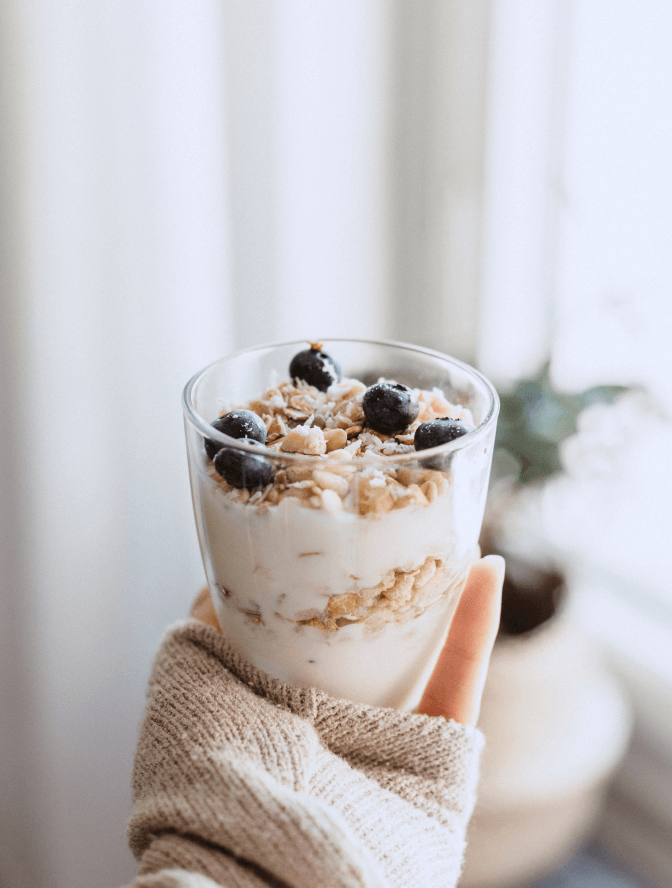
The Secret To Keeping Healthy
It can be a bit tiring at times, being on track with your health then slipping into bad habits, then being on track again and then…. you know what I mean right? Sometimes the good habits stick and other times the bad habits hang around like a bad smell. There is a reason for this and turns out the solution is much simpler than you think.
Everybody has an idea of what health looks like for them. They may not be at the gleaming shiny top end of their ideal health goal, but at a minimum they know what it looks like. Typically it includes signing the dotted line on a gym membership, committing to 3 yoga classes per week, storing away fresh vegetables in the crisper AND actually cooking them, going gf, df, sf, v, and all the other cool things to be free of, reading that book on mindful living your mum recommended, getting to bed at a reasonable hour and the list goes on. It sounds like hard work but that is what it takes to be healthy, right? Well, no!
The truth is, the reason we fall in and out of our health habits is because we are putting to much pressure on ourselves in trying to achieve this illusive idea of ‘optimal health’. It’s optimal health or nothing for many of us. The resulting effect is that our health over a lifetime looks kind of like a himalayan mountain range with enough peaks and dips to fill a landscape. This approach gets us no where and often leaves us feeling disheartened when our health isn’t where we would like it to be. Alas, we still look out for the next diet craze or the latest in prepackaged detox kits.
So if health kicks and dips are a trend and we know why we get caught in this trap, then what’s the solution to keeping healthy without them?
Introducing the concept of Minimal Viable Health (MVH). For all you business geeks out there you will have heard of the term Minimal Viable Product (MVP). The idea of MVP is to build a product that does what it claims to do but without all the added bells and whistles. One example is a donut. A plain donut without the icing and sprinkles. It tastes like and looks like a donut, it’s just missing the chocolate coating and sprinkles, or jam filling and icing sugar.
*Disclaimer: I do not condone the regular eating of donuts ;).
Feedback is then gained from the customer once the product has been released to see if they are happy with the base product and what their preferences are for toppings. Essentially MVP is a product that functions but without all the bells and whistles, they are added later after testing with the customer. If you catch my drift with MVP you may be starting to see where I am going with MVH.
MVH is then the minimal amount of effort, costs and complexity you need to dedicate to achieving health, without all the bells and whistles which can be added later. You can ‘deploy’ your version of health with low risk of failure as it is kept simple. For example, committing to running 15 minutes per day. There is a lower risk of failure when you keep it simple. I know it’s no marathon but you can work towards this over time by adding ‘features’.
What are the benefits of Minimal Viable Health?
This model of health leads to more room for individuality and creativity. If you are starting with a base and leaving room to add on your own touch, over time those additional features to be more suited to you.
MVH leads to sustainable improvements in health. There is nothing better than getting better at something over time, rather than skipping from one extreme to the other. With this model you start small and build, this gives you time to build habits and eventually get to where you want to be.
What happens then to optimal health?
The additional beauty of MVH is that you don’t need to throw away the idea of optimal health, this still has it’s place in your plans. Optimal health becomes your ‘Health Vision’, what you would ideally like your health to look like over time. Your health vision may change as your features are added and that is ok. It is actually a good sign as it shows you are adapting to your own style of health rather than a preconceived notion of what health is suppose to look like. Optimal health still exists, it’s just not sitting right there in front of you on day one of your ‘health kick;
So what does MVH look like and does it differ for each person?
Example 1.
Bill goes to the gym 3 times per week, eats a diet rich in plant based nutrients with the occasional takeaway meal and sleeps a comfortable 8 hours per night. He feels unhealthy at the moment because up until 6 months ago he would consistently be at the gym 5 days per week, eat a strict lean and green diet and meditate every morning. Bills base level of health is quite high, so for him his MVH would look a little different to say Sarah.
Example 2.
Sarah has never really enjoyed health and found it to be quite expensive. She eats take out every evening, doesn’t really exercise except walking home from the train station in the evening and doesn’t really care for sleep; 5 hours is enough for her. Sarah’s MVH is going to look like a walk in the park for someone like Bill.
Each person is at a different stage of health and we need to all have a clear idea of what we need to achieve a base level of health. The kind of health that makes us feel like we can conquer the day and do what we do best. Because frankly that is what health is all about.
MVH is about drawing a modest line in the sand as to where our current health is at and slowly over time increasing the threshold when we are ready. This way we are not seeing dips and peaks in our health but rather slow incremental increases in our health over time. AKA kicking ass in being a healthier person the smart way.
You may want to start with making breakfast each morning, a simple omelette or a bircher muesli and accepting that lunch is takeaway from down the road. Then once you have nailed the whole breakfast thing you can move on to making changes to lunch. Or you may wish to start at 15 minutes of running per day, get into a habit where you actually would like to run longer than that 15 minutes then increase it to 30 when you are ready. Start small and build.
So if you are sceptical of this whole being healthy thing and don’t think it is quite for you, or if you have been through the ringer in trying to all the latest diets then this is the theory for you. Know your MVH, recheck it every 6 months and be sure to pat yourself on the back every time you add a feature. Keep it simple, don’t be scared to move as slowly as you need and remember health is not some unachievable figment of your imagination, it’s this really simple thing that is easy to achieve, gets better with time and requires minimal input if done right.
Author
Jennifer Ward, Adv dip Nat, BCom Econ, Masters Repro Med (studying)
Jennifer is a qualified naturopath with a focus on fertility, pregnancy, hormonal imbalances.
Learn more about Jennifer here
Book a session with Jennifer here
To learn more about Minimal Viable Health or for speaking enquires on this topic get in touch at hello@halsahealth.com.au
Resources
1. https://www.quora.com/What-is-a-minimum-viable-product





